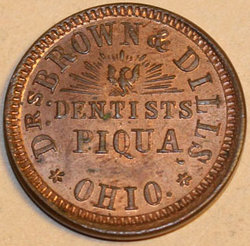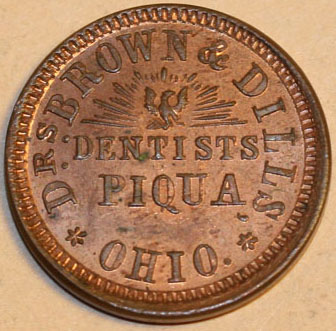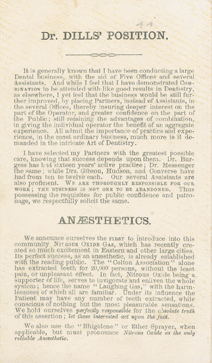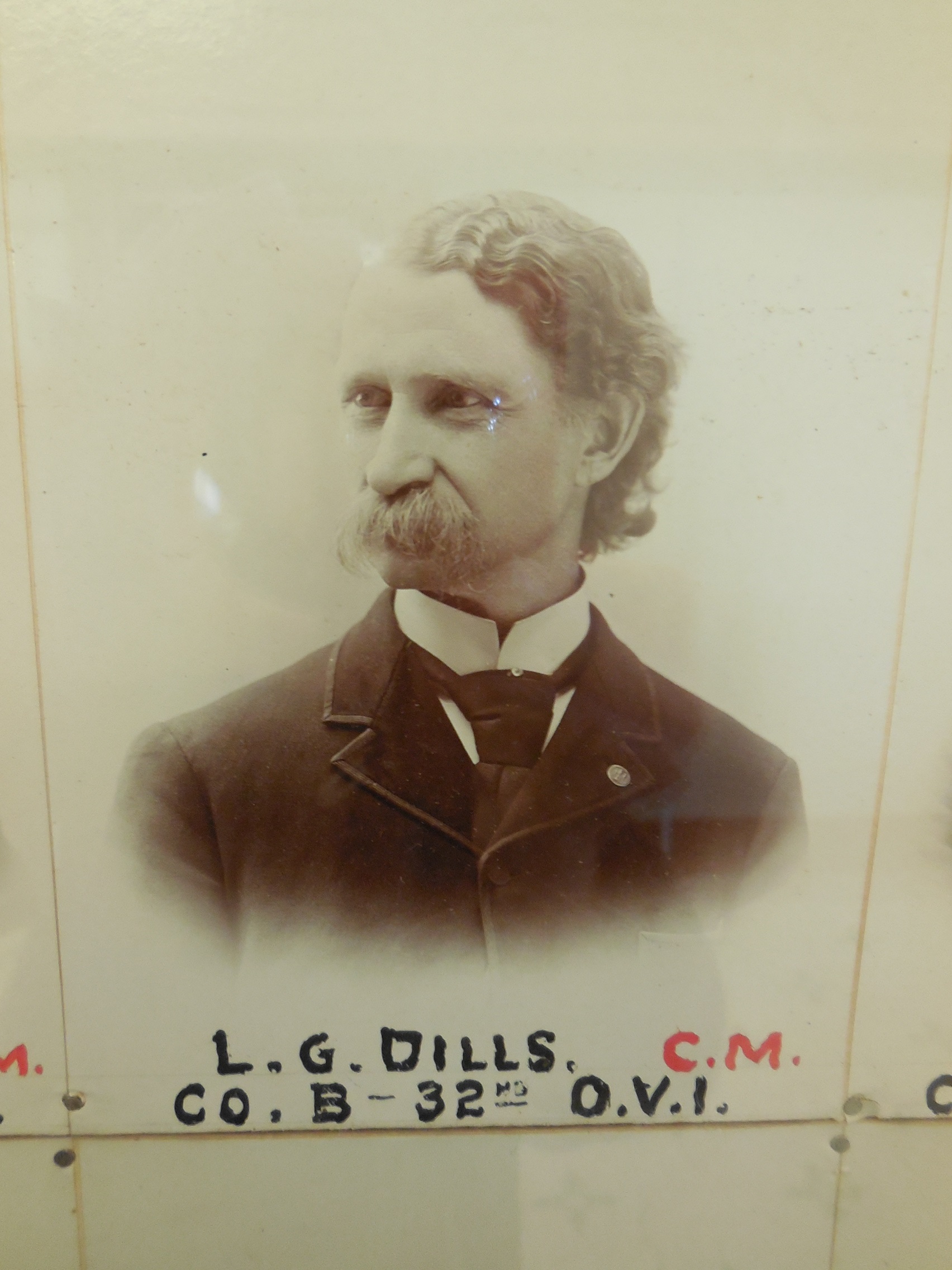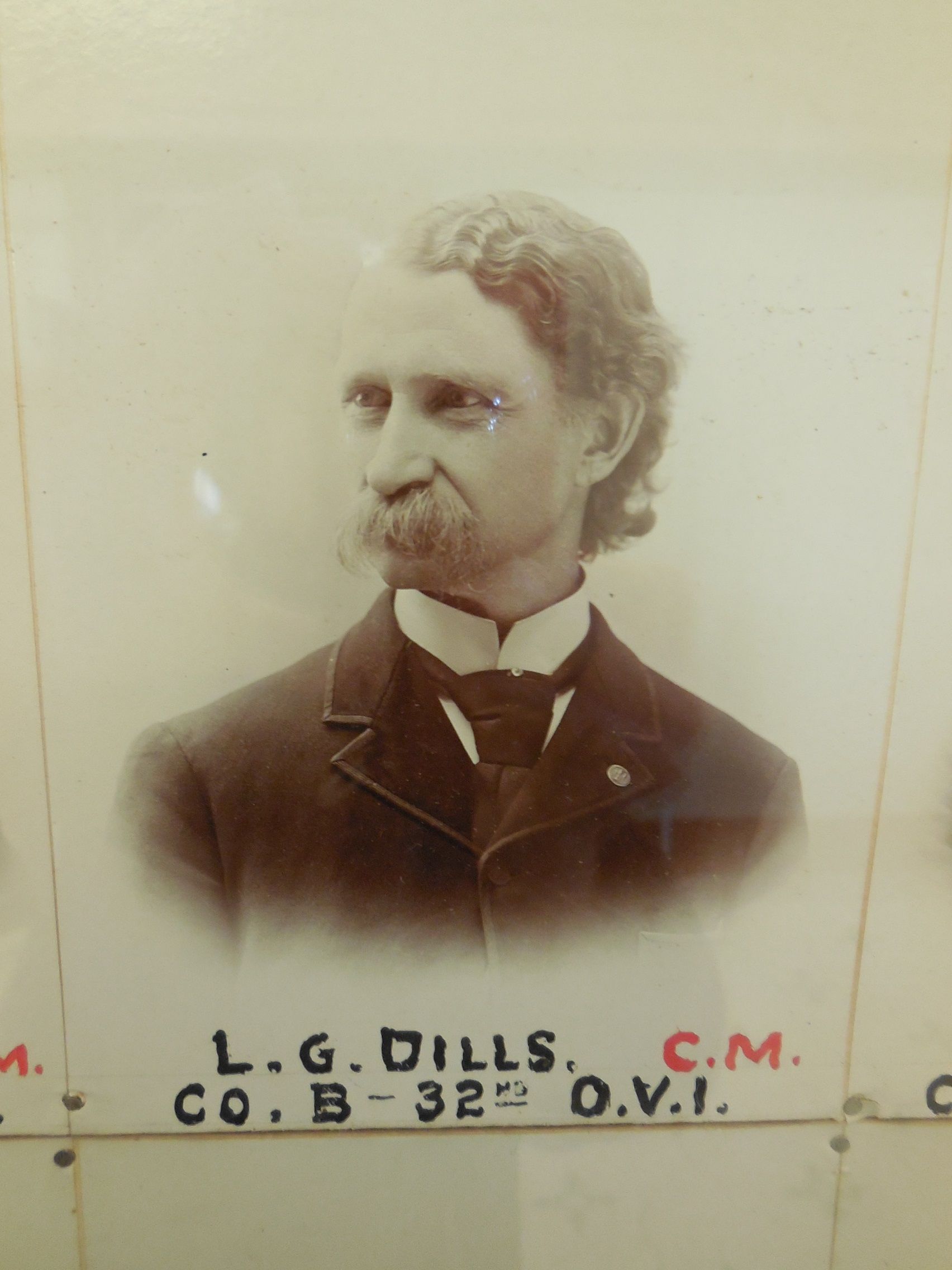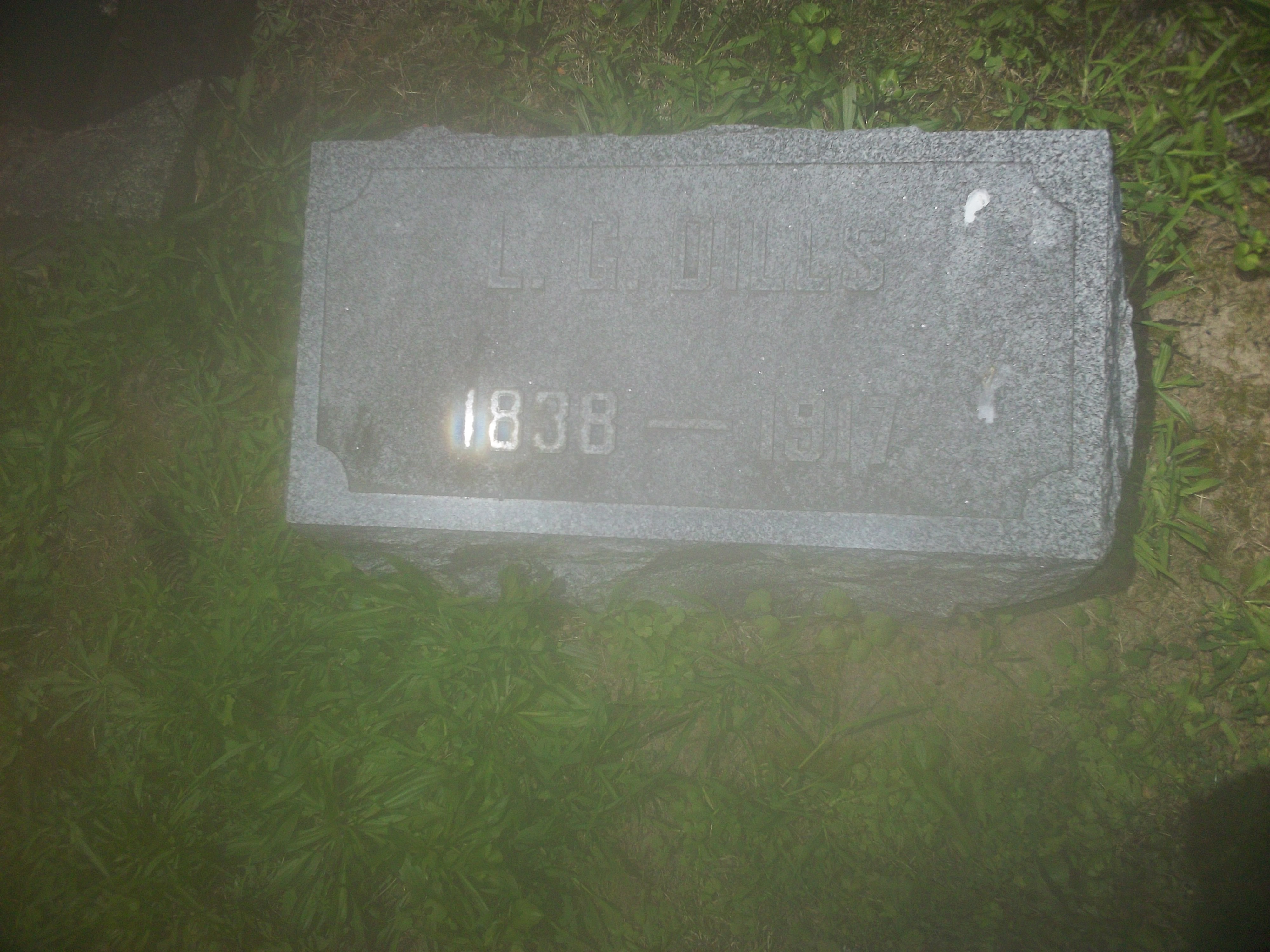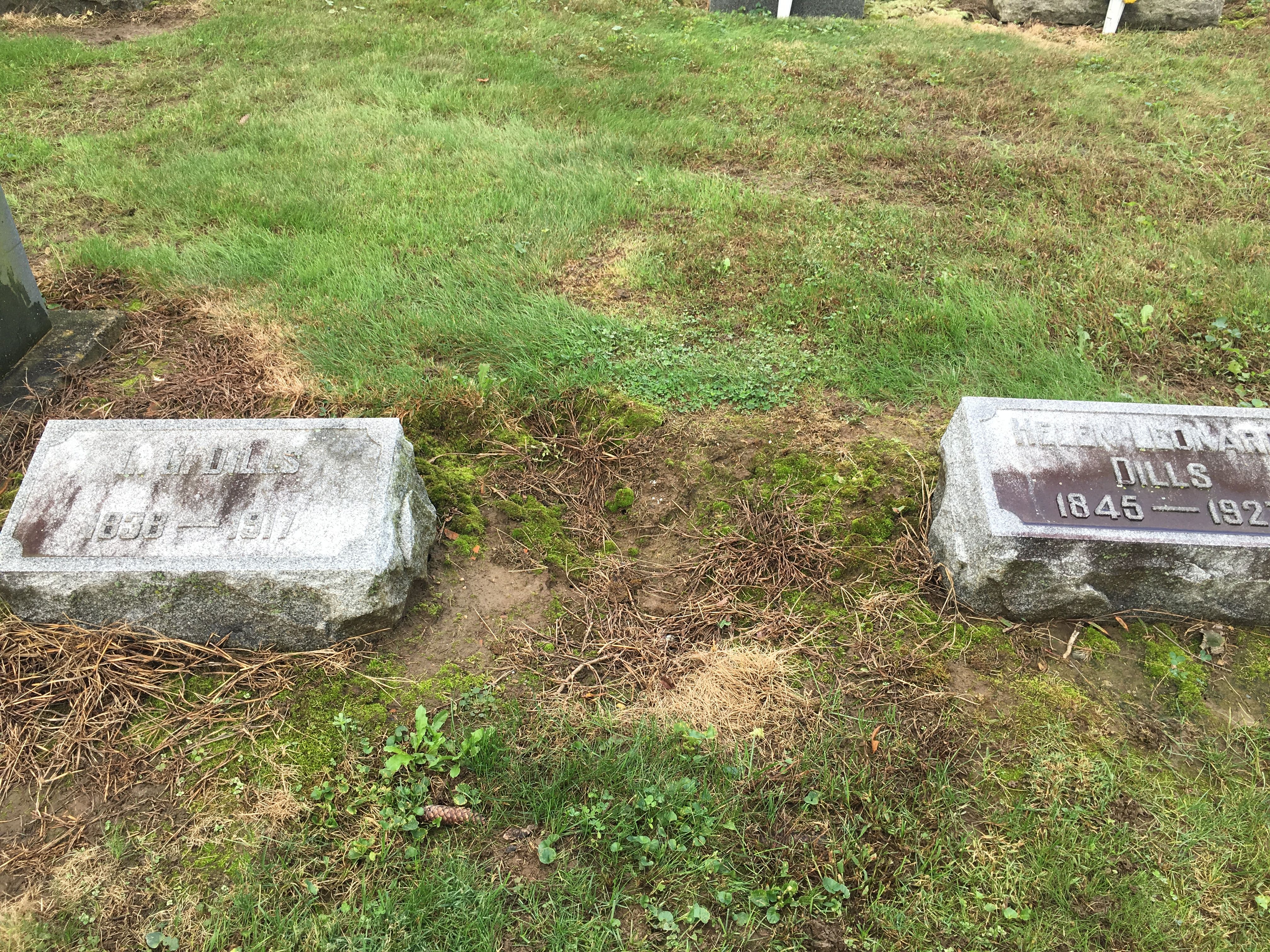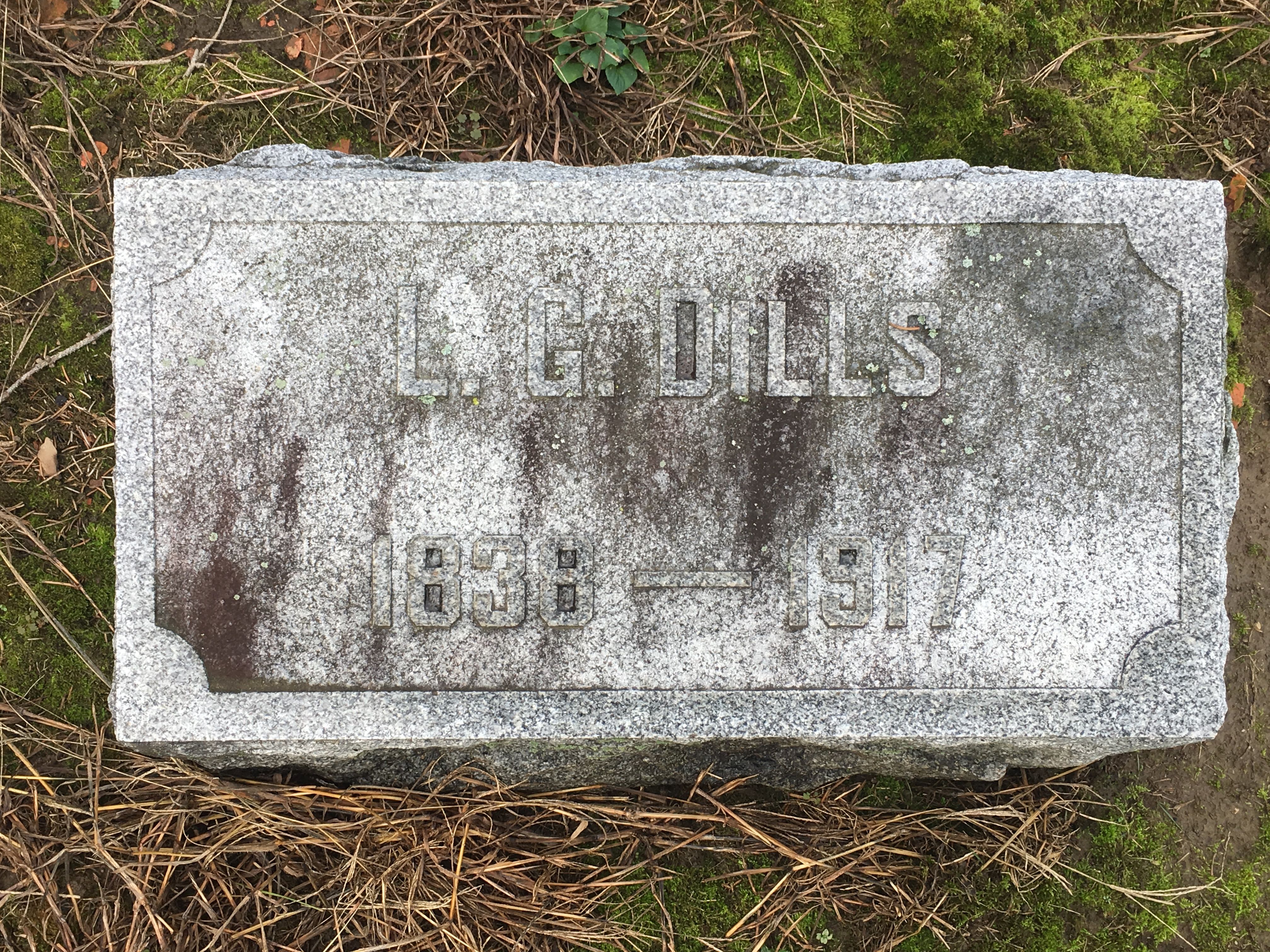L.G. Dills was listed in dental directories with no educational information meaning he was either self taught or served a preceptorship under a practicing dentist.
"Doctor" Dills since he was not formally educated in dentistry did not hold a Doctor of Dental Surgery (DDS) or a Doctor of Dental Medicine (DMD) degree but many practitioners of dentistry were "grandfathered" and allowed to continue practicing during the early years of dentistry's establishment as a profession.
The DDS degree is the one awarded by the majority of dental schools in the United States. The Baltimore College of Dental Surgery was established in 1840 and was THE FIRST DENTAL SCHOOL IN THE WORLD and thus the first to grant the DDS degree. The DMD degree was first used in 1867 when Harvard established the first university affiliated dental school. The reason this degree is DMD rather than DDM is that it stands for the Latin "Dentariae Medicinae Doctor."
On his business card pictured on the right, Dr. Dills offered to extract teeth positively without pain. This would not have been possible were it not for the discovery of surgical anesthesia by Dr. Horace Wells (1815-1848, FAG Memorial# 5820828), a Hartford, Connecticut dentist.
Dr. Wells attended a laughing gas demonstration on December 10, 1844 where he observed the properties of nitrous oxide gas and recognized its potential. Gardner Quincy Colton (1814-1898, FAG Memorial# 133151162) a showman and former medical student who later turned dentist had directed the laughing gas demonstration.
The very next day (December 11, 1844) Dr. Wells had Colton come to his office where he had a tooth painlessly removed by his colleague, Dr. John Mankey Riggs (1811-1885, FAG Memorial# 133048556), using nitrous oxide gas. This discovery arguably represents dentistry's greatest gift to medicine and to humanity.
The Baltimore College of Dental Surgery conveyed an honorary Doctor of Dental Surgery (DDS) degree on Dr. Riggs in 1879. Dr. Wells was posthumously awarded an admittedly belated DDS degree during the sesquicentennial of the Baltimore College of Dental Surgery in 1990.
It is ironic that a discovery made by dentists (general anesthesia) is used primarily today by physicians and a discovery by physicians (local anesthesia) is used primarily by dentists.
Enlisted in Company B, Ohio 32nd Infantry Regiment on 09 Aug 1861.Mustered out on 20 Jul 1865 at Louisville, KY.
L.G. Dills was listed in dental directories with no educational information meaning he was either self taught or served a preceptorship under a practicing dentist.
"Doctor" Dills since he was not formally educated in dentistry did not hold a Doctor of Dental Surgery (DDS) or a Doctor of Dental Medicine (DMD) degree but many practitioners of dentistry were "grandfathered" and allowed to continue practicing during the early years of dentistry's establishment as a profession.
The DDS degree is the one awarded by the majority of dental schools in the United States. The Baltimore College of Dental Surgery was established in 1840 and was THE FIRST DENTAL SCHOOL IN THE WORLD and thus the first to grant the DDS degree. The DMD degree was first used in 1867 when Harvard established the first university affiliated dental school. The reason this degree is DMD rather than DDM is that it stands for the Latin "Dentariae Medicinae Doctor."
On his business card pictured on the right, Dr. Dills offered to extract teeth positively without pain. This would not have been possible were it not for the discovery of surgical anesthesia by Dr. Horace Wells (1815-1848, FAG Memorial# 5820828), a Hartford, Connecticut dentist.
Dr. Wells attended a laughing gas demonstration on December 10, 1844 where he observed the properties of nitrous oxide gas and recognized its potential. Gardner Quincy Colton (1814-1898, FAG Memorial# 133151162) a showman and former medical student who later turned dentist had directed the laughing gas demonstration.
The very next day (December 11, 1844) Dr. Wells had Colton come to his office where he had a tooth painlessly removed by his colleague, Dr. John Mankey Riggs (1811-1885, FAG Memorial# 133048556), using nitrous oxide gas. This discovery arguably represents dentistry's greatest gift to medicine and to humanity.
The Baltimore College of Dental Surgery conveyed an honorary Doctor of Dental Surgery (DDS) degree on Dr. Riggs in 1879. Dr. Wells was posthumously awarded an admittedly belated DDS degree during the sesquicentennial of the Baltimore College of Dental Surgery in 1990.
It is ironic that a discovery made by dentists (general anesthesia) is used primarily today by physicians and a discovery by physicians (local anesthesia) is used primarily by dentists.
Enlisted in Company B, Ohio 32nd Infantry Regiment on 09 Aug 1861.Mustered out on 20 Jul 1865 at Louisville, KY.
